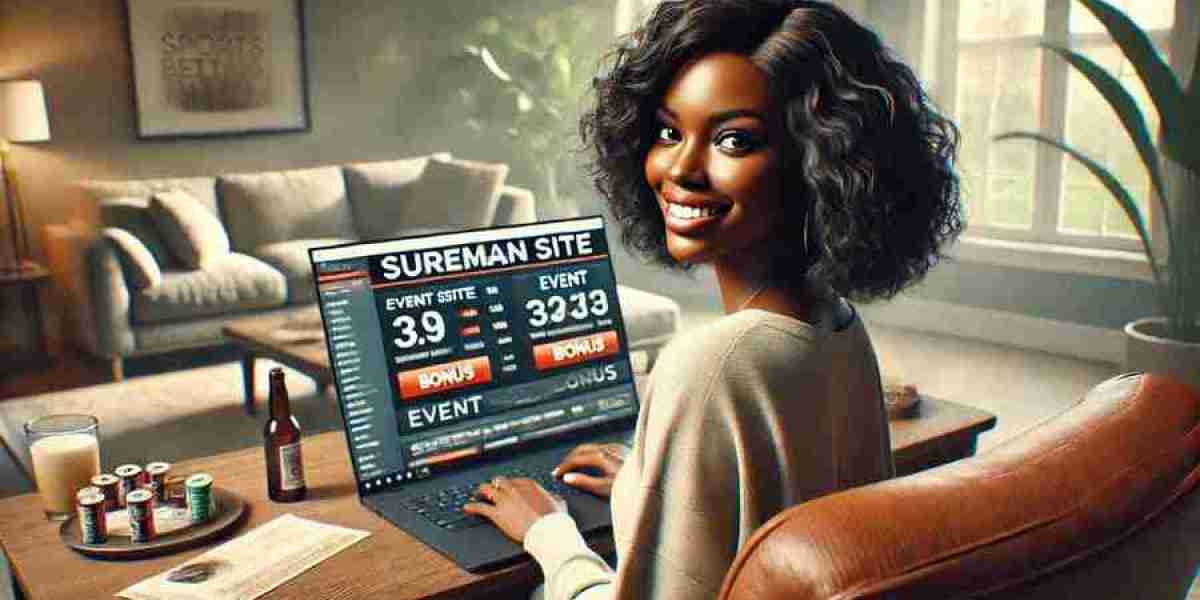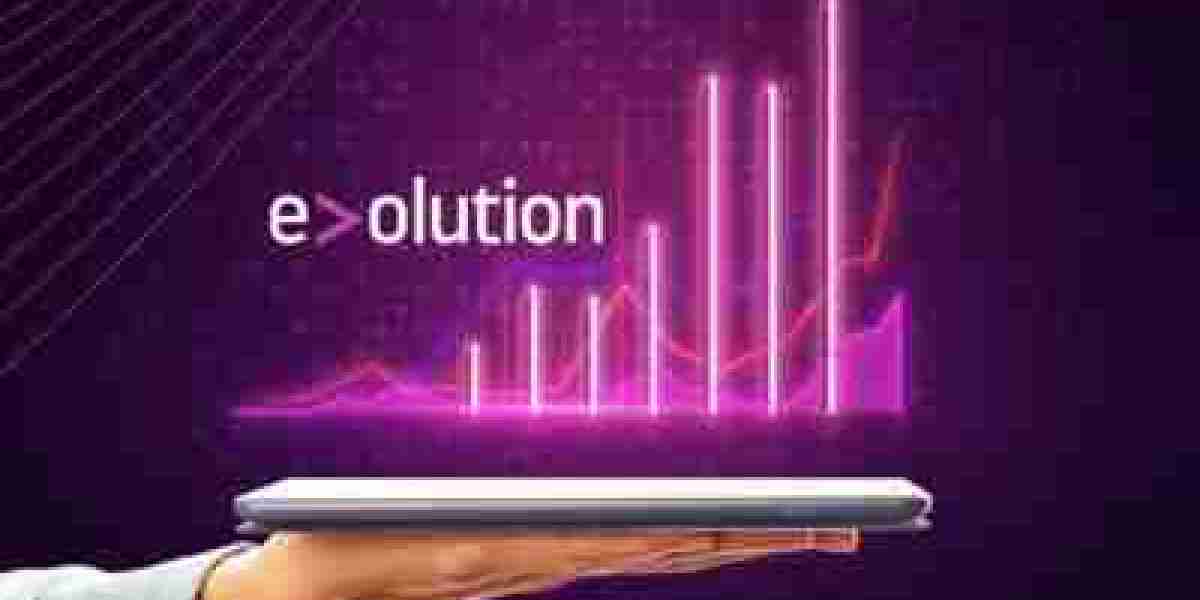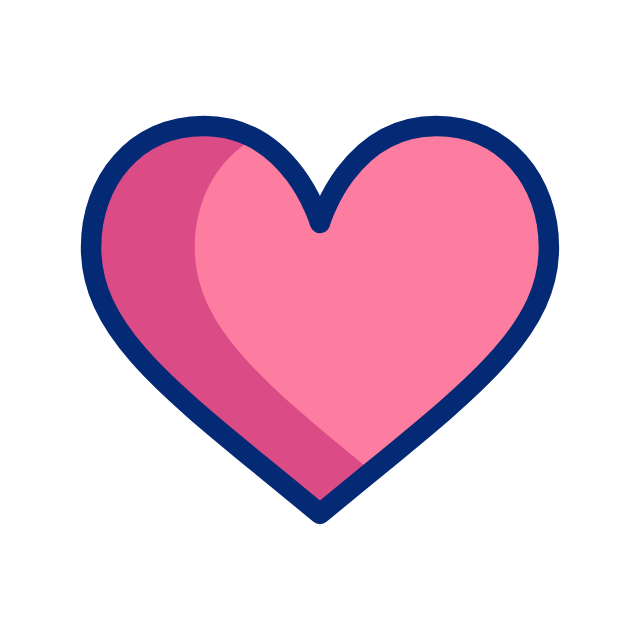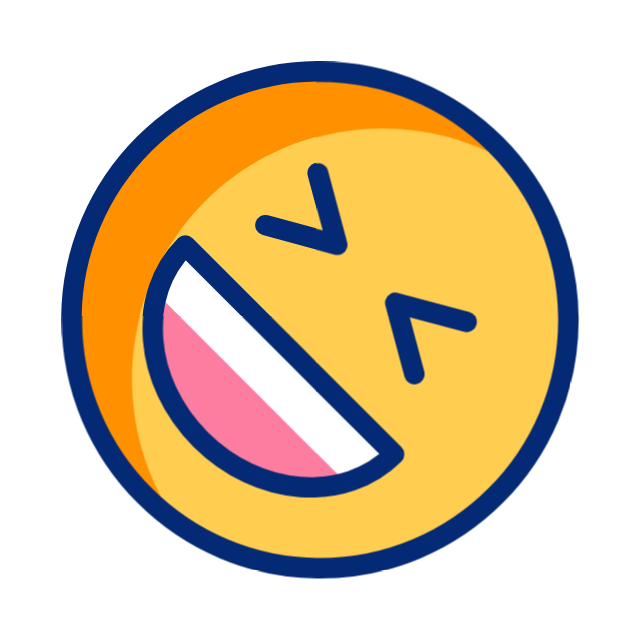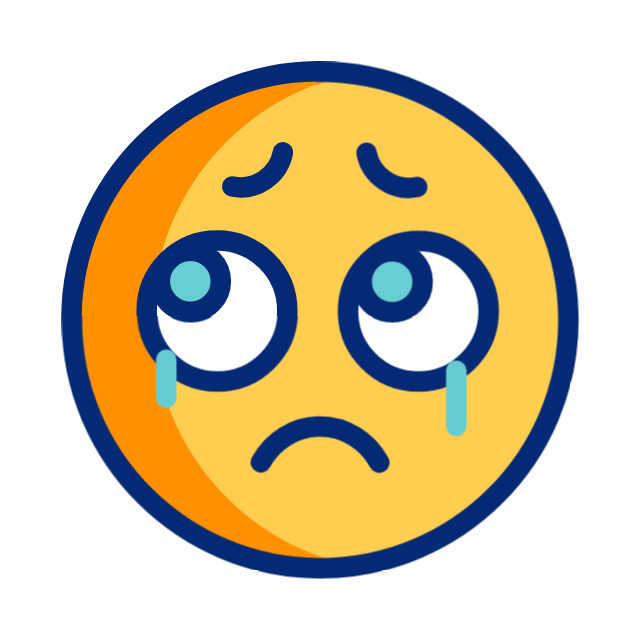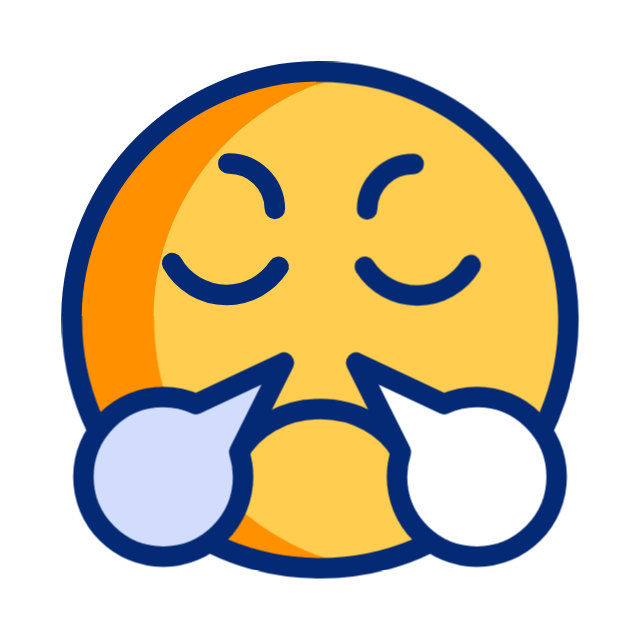Creativity in the Age of Algorithms
Artificial Intelligence is no longer just crunching numbers—it’s composing symphonies, painting portraits, and writing poetry. But can a machine be truly creative, or is it just remixing what it’s learned?
? What Is AI Creativity?
AI creativity refers to the ability of algorithms—especially generative models—to produce novel outputs in art, music, writing, and design. Tools like DALL·E, ChatGPT, and AIVA are leading the charge.
Examples of AI-Generated Creativity:
• Visual Art: AI-generated paintings in the style of Van Gogh
• Music: AIVA composing cinematic scores
• Writing: ChatGPT crafting short stories and screenplays
? Human vs. Machine Creativity
AI lacks consciousness and emotion, but it can still surprise us with outputs that feel original and even moving.
? When AI Surprises Us
Some AI creations have stunned audiences:
• The Next Rembrandt: A painting generated by analyzing Rembrandt’s style
• AI-written plays: Performed live with coherent plots and characters
• AI fashion design: Algorithms creating runway-ready garments
These examples challenge our definition of creativity. If the result evokes emotion, does the origin matter?
? What This Means for Creators
Rather than replacing artists, AI is becoming a collaborator:
• Writers use AI for brainstorming and editing
• Designers use it for prototyping and ideation
• Musicians experiment with AI-generated melodies
The future of creativity is augmented, not automated.
? Conclusion: Creativity Is Evolving
AI may not dream or feel, but it can still create. And in doing so, it forces us to rethink what creativity really means. The question isn’t whether AI can be creative—it’s how we choose to define creativity in a digital age.

